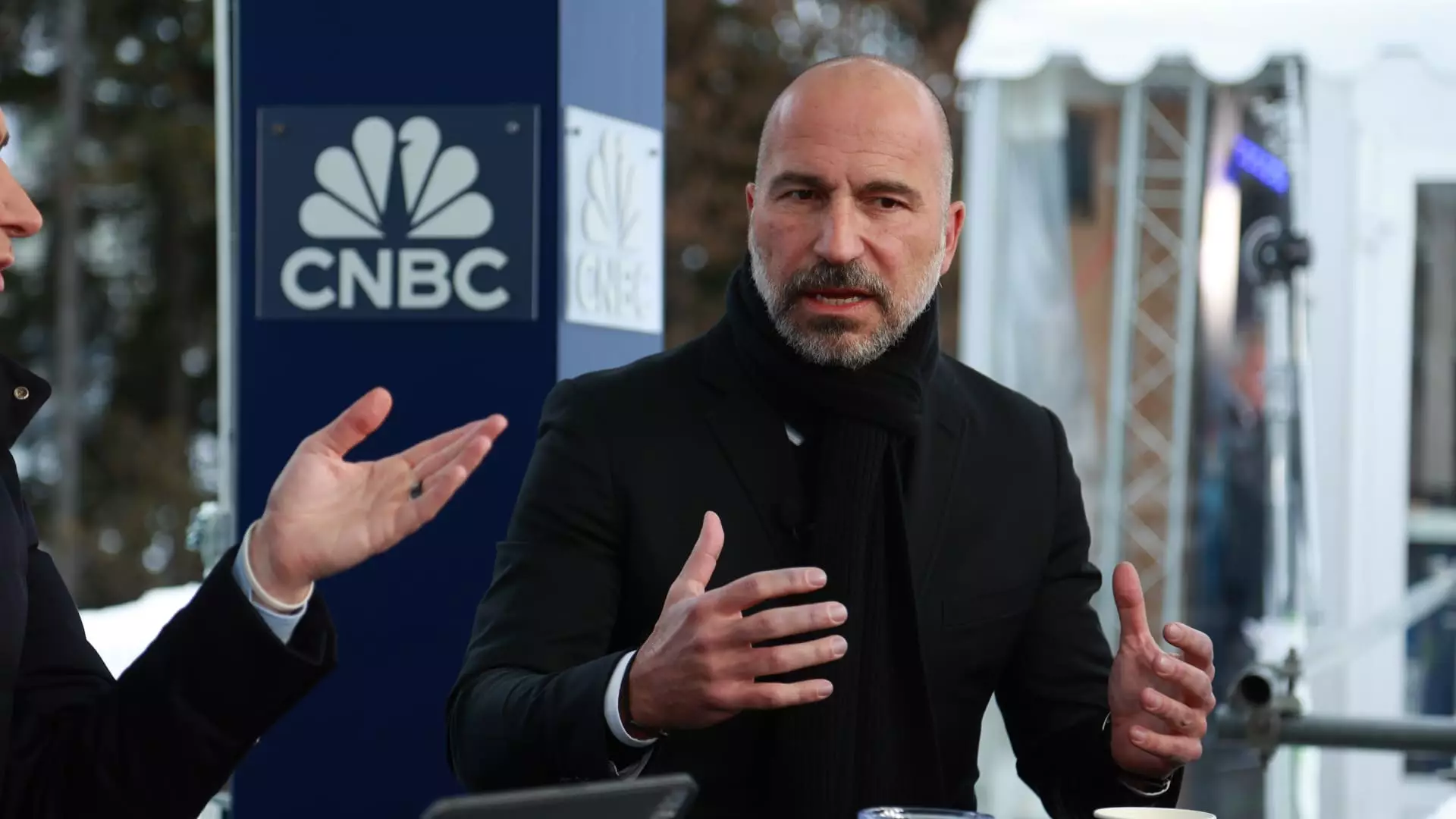Uber’s second-quarter earnings report has exceeded Wall Street expectations, with earnings per share at 47 cents compared to the expected 31 cents. The company’s revenue of $10.7 billion also surpassed the $10.57 billion that analysts were anticipating. This performance is a testament to Uber’s resilience and adaptability in the face of challenging economic conditions.
The 16% increase in revenue from the previous year showcases Uber’s ability to grow its business despite market uncertainties. Particularly, the mobility unit saw a significant boost in gross bookings, reaching $20.6 billion. Delivery also experienced a 16% increase in gross bookings to $18.1 billion. However, the freight unit remained flat at $1.27 billion, indicating areas where Uber may need to focus on improvement.
While Uber’s second-quarter results were largely positive, the company still faces challenges in the coming quarters. The projected bookings of $40.25 billion to $41.75 billion for the third quarter fell short of the average estimate, signaling potential obstacles in revenue growth. Adjusted earnings are expected to range from $1.58 billion to $1.68 billion, slightly above the average estimate. These figures highlight the uncertain economic landscape that Uber operates in.
The growth of “monthly active platform consumers” (MAPCs) to 156 million and the increase in trips via the Uber platform are promising signs of customer engagement. However, competition in the ride-sharing and delivery service industries remains fierce, requiring Uber to continuously innovate and adapt to changing consumer preferences.
Uber’s partnerships with companies like Instacart and BYD demonstrate its commitment to expanding its services and reaching new markets. The collaboration with Instacart to offer a “restaurants” tab on the grocery delivery app shows Uber’s efforts to diversify its revenue streams and provide customers with more choices.
The partnership with BYD to introduce electric vehicles to Uber drivers in Europe and Latin America aligns with Uber’s sustainability goals and commitment to reducing its carbon footprint. The plan to deploy autonomous-capable vehicles on the Uber platform signifies Uber’s investment in innovative technologies to enhance its services.
Despite Uber’s positive earnings report, challenges lie ahead in navigating market uncertainties and changing consumer behaviors. The impact of autonomous vehicles and robotaxi services on Uber’s business model, as well as consumer spending on restaurants and travel, will be crucial factors to monitor in the coming quarters.
As Uber shares experienced a 5% decline for the year, the company must remain vigilant in addressing market trends and customer demands to sustain its growth trajectory. By leveraging strategic partnerships, investing in new technologies, and prioritizing customer satisfaction, Uber can overcome challenges and position itself for long-term success in the competitive mobility industry.

